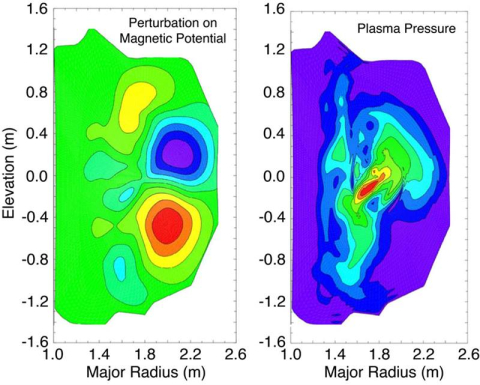
Plasma simulations, theory, and comparison with experiment show that resistive wall tearing mode can cause energy loss in tokamaks.
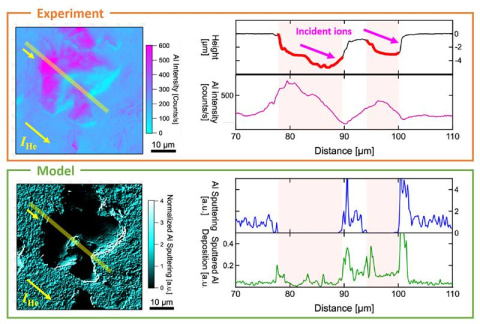
Roughening of fusion reactor wall surfaces over time may significantly reduce erosion rate predictions

Scientists used tokamak plasmas to study how heat shield materials protect spacecraft in the extreme conditions of atmospheric entry.
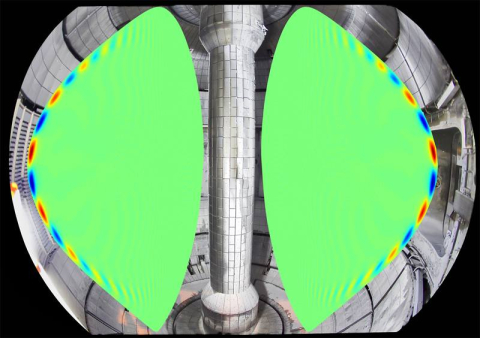
New discovery allows scientists to better stabilize the plasma in future compact fusion reactors.
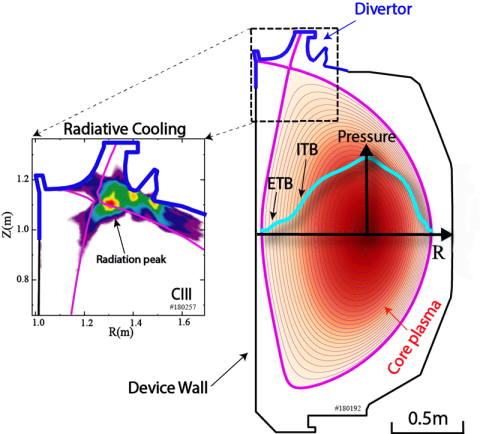
DIII-D researchers create barriers to separate core heat from the cooler edge of a tokamak
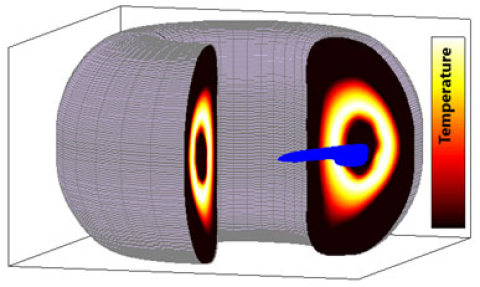
New simulations show diamond shells can cool plasmas more efficiently and prevent runaway electrons.
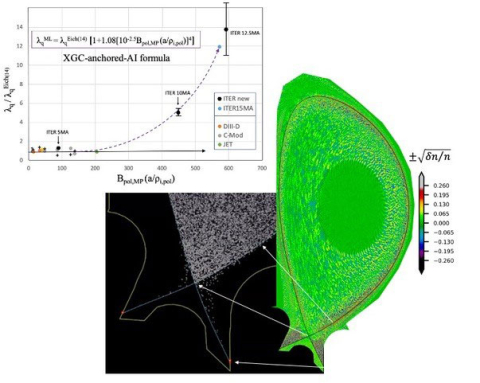
Extreme-scale turbulence simulation and AI discover a formula to predict the crucial exhaust heat-load width in future tokamak fusion reactors.
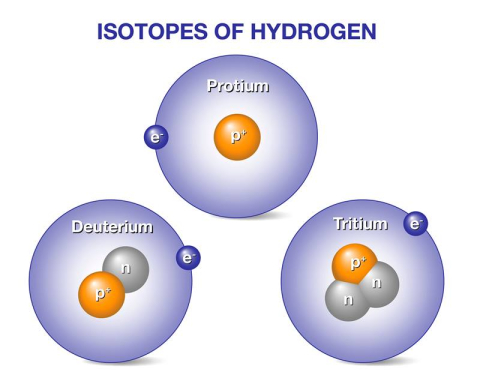
Researchers use a supercomputer to understand the mysterious “isotope effect” for better fusion reactors.

Researchers address the challenge of integrating the hot core and the cooler edge of a fusion plasma.

